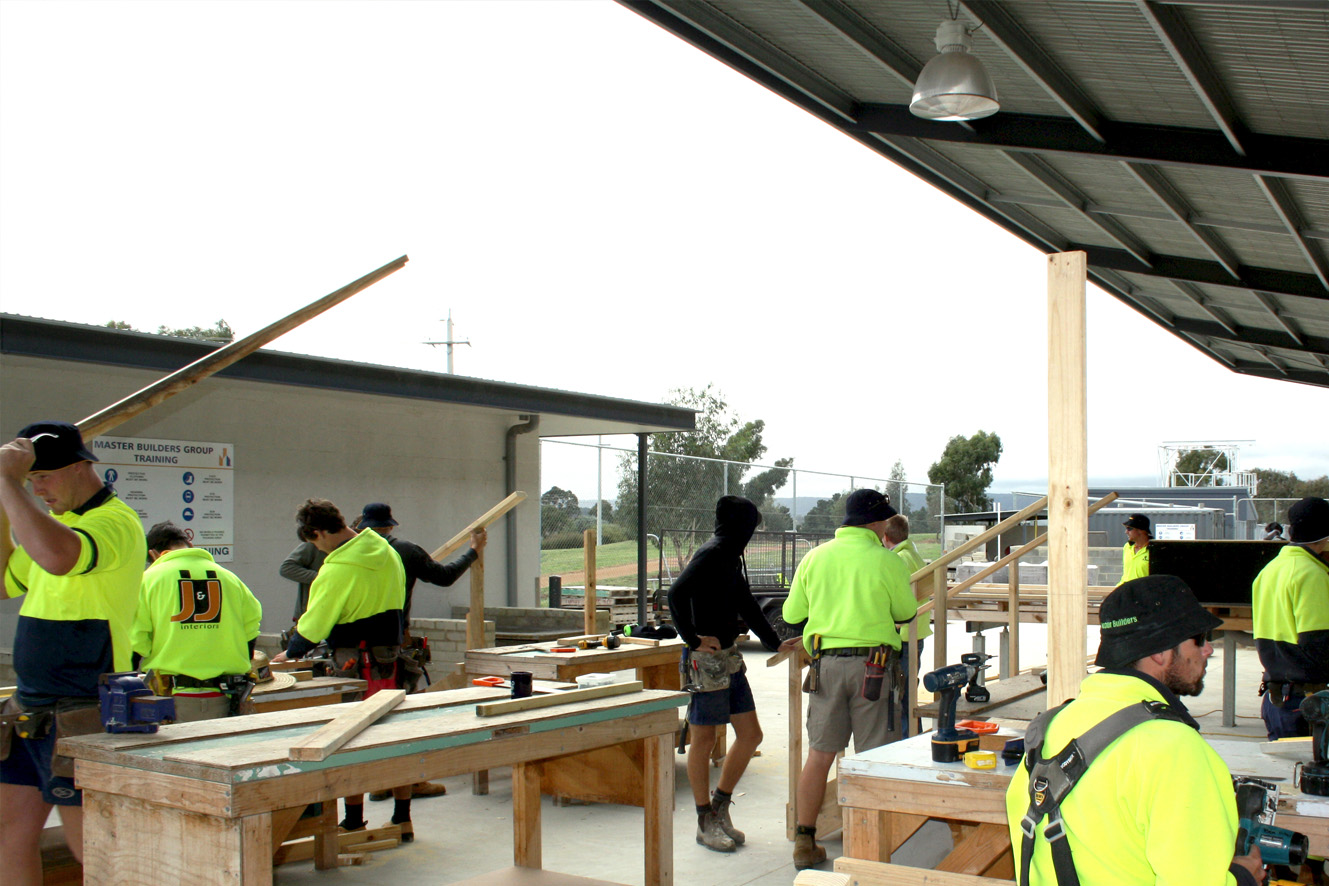- No products in the cart.


The peak building and construction industry association, Master Builders Australia, welcomed the release of Jobs and Skills Australia’s clean energy workforce needs report.
The building and construction industry will be a key player in the move to net zero by 2050, but it faces critical labour shortages and skills needs.
Master Builders Australia CEO Denita Wawn said Master Builders estimates in its Workforce Blueprint that 486,000 new workers will be needed by 2026 to meet construction needs in Australia. This does not include the additional workers required to achieve net zero by 2050.
The Government’s Employment White Paper noted that a workforce increase of around 30 per cent would be needed by 2033 to deliver net zero transformation ambitions.
“While these ambitions are commendable, they cannot be met without better workforce support and that in turn cannot be achieved without more investment in VET,” Ms Wawn said.
Master Builder’s recently released sustainability goals includes environmental sustainability at its forefront with a commitment to achieve a net-zero built environment by 2050.
“The construction and operation of our built environment is a major contributor to greenhouse emissions and environmental outcomes. The operation of buildings accounts for half of Australia’s electricity use and almost a quarter of greenhouse gas emissions.
“More sustainable building practices reduce the environmental impact of the built environment.
“Master Builders has long advocated for a range of changes to the journey of an early career worker in the building and construction industry.
“These include better career education and advice, starting in early high school years; extinguishing the bias towards higher education over VET; providing detailed and realistic information to prospective apprentices to help them make informed choices; better pastoral care and mentorship; and restructuring the wage subsidy for employers.
“The refined definition of the clean energy workforce is useful in determining the kinds of jobs and skills that are needed to achieve net zero goals – with many of them in the building and construction industry including builders, surveyors, steel and metal workers, labourers and construction managers.
“The report highlights the need for the net zero workforce to draw on a diverse pool of workers. The focus on women, skilled migrants and First Nations people, as well as people living in regional and remote areas will be vital for boosting workforce and skills needs.
“To support boosting workforce capacity Jobs and Skills Australia together with BuildSkills Australia and other industry skills councils need to play a key role in forecasting skills needs, connecting industry with opportunities to innovate and developing workforce capabilities.
“Effective strategies need to be implemented that support attracting new workers into the industry for current and emerging occupations, retaining existing workers and ensuring they can keep pace with evolving skills and knowledge. The newly formed skills councils and simpler migration pathways will play a key role in this.
“Master Builders welcomes the recommendations in the report to ensure financial supports and incentives for women are fit for purpose and to find ways to attract and retain female trade apprentices.
“The Women Building Australia program is one example of an industry-led initiative to provide appropriate mentorship and support for women entering the industry which has helped see an uptick of female participation over recent years.
“We look forward to continuing working closely with the Government to help meet the objectives in clean energy generation report,” said Ms Wawn
Media contact:
Dee Zegarac
National Director, Media & Public Affairs
0400 493 071
dee.zegarac@masterbuilders.com.au

